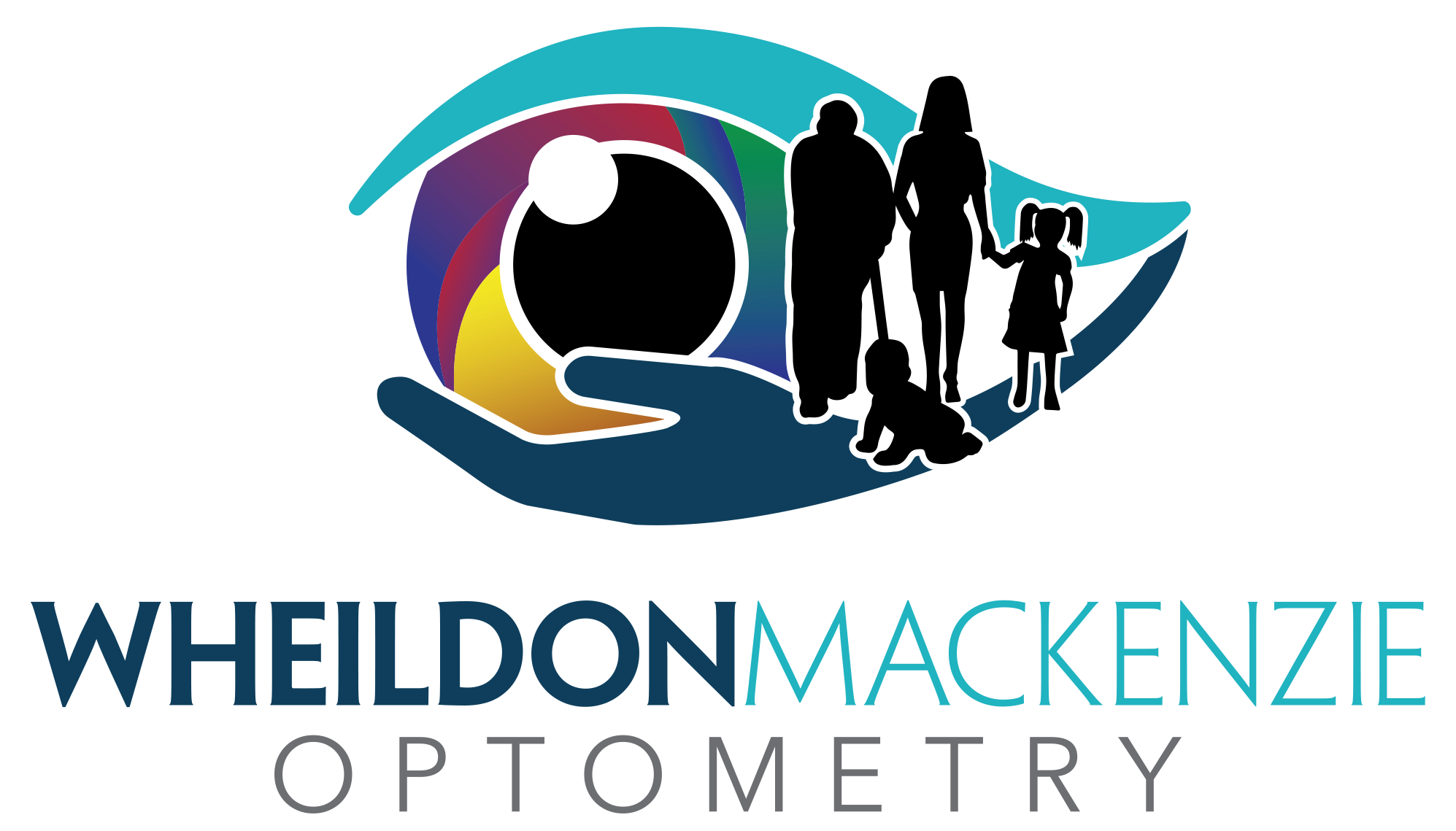What is Low Vision?
Low vision occurs when a disease process has occurred and caused a decrease in vision that cannot be improved by the use of simple glasses or contact lenses. Eye diseases like Macular Degeneration, Cataracts, Glaucoma, Diabetic Retinopathy and other retinal problems can all cause a certain amount of vision loss, depending on the stage of the disease.
Most often people believe that only seniors have low vision, but this is not true. People of any age can have low vision. A majority of eye diseases do occur later in life, but children can also be born with certain eye diseases that result in low vision. It is important to intervene quickly when it comes to children, because their eyes and visual system are developing early on in their lives.
People with low vision can have difficulties with reading, writing, watching the television, seeing peoples faces, looking at photographs, as well as daily living activities like preparing a meal, personal grooming, or even walking across the street. People often have an activity or hobby that they enjoy doing, but due to their low vision they give up the activities they once enjoyed.
What are my options?
There are low technology and high technology devices that are available to help.
Low technology devices include magnifiers, microscopes, prism glasses, monocular and binocular telescopes and selective transmission lenses.
High technology devices include computer software to enlarge the font, icons, menu bars, cursors of many computer programs, audio book playback machines, braillers and closed circuit televisions (CCTV).
These devices are only a few out of many devices that can help out with different aspects of low vision. With any low vision device, the person using it has to realize that we cannot restore the vision that has been lost, but instead we try to use the remaining vision they have left. Depending on how long patients have been living with low vision determines how receptive they are to working with devices.
The patients have to come to terms with their vision loss and realize that help is available. We encourage family members and friends to become involved in the low vision process; from understanding how the devices work and how they can help. There is often the process of having to re-learn how to see, which takes time and patience.
Low Vision Inquiry Form
Common Questions
I have a magnifier and it doesn’t work
This is a very common comment from many low vision patients.
Family members and friends do not want to see their loved ones struggling, so they will often buy a magnifier hoping that it will help. This is a lovely gesture, but a large percentage of the time is a failed attempt.
In order to purchase a magnifier or any low vision device the level of vision must be known in order to determine the appropriate power required, otherwise we end up with a device that is too powerful or not powerful enough. Also, the person should be taught properly how to use the device or they will not get the most benefit from the device.
With magnification, not only does it make objects larger, but it also requires that we hold our work (books, newspaper etc.) a lot closer. For those of us with no difficulties with our vision, we normally hold reading materials etc. somewhere between 30-50cm (12-20 inches). When using certain low vision devices, materials have to be held much closer, 25 cm (10 inches) to almost touching the nose.
Is there any help with funding the cost of the device(s)?
Assistive Devices Program (ADP) is a provincial government program that assists with funding for certain low vision devices.
They will pay 75% up to a maximum amount depending on the device. Patients are eligible for up to three optical aids (low technology devices), one reading aid, one writing aid (high technology devices) and one orientation and mobility aid over five years.
In order to receive assistance through ADP, the patient must have a registered ADP authorizer authorize the device and a registered ADP vendor supply the device. The devices must be purchased in Ontario. Wheildon MacKenzie Optometry is an ADP registered vendor and Dr. Krista Wheildon is an ADP registered authorizer.


